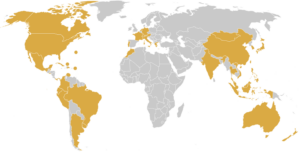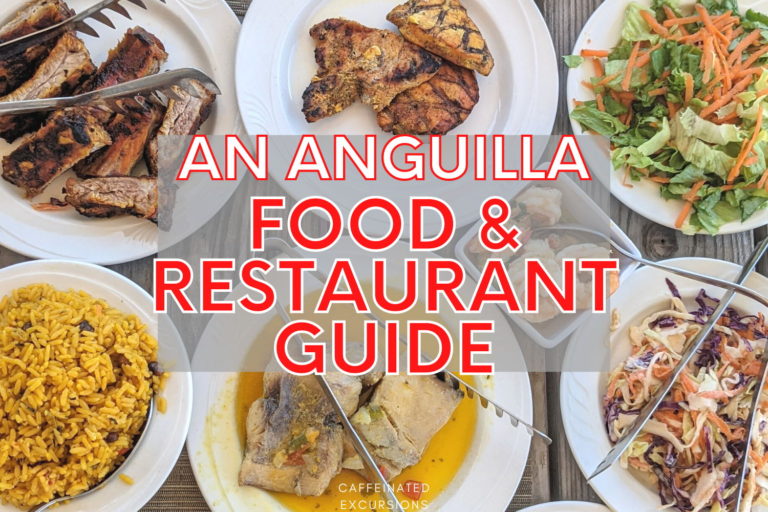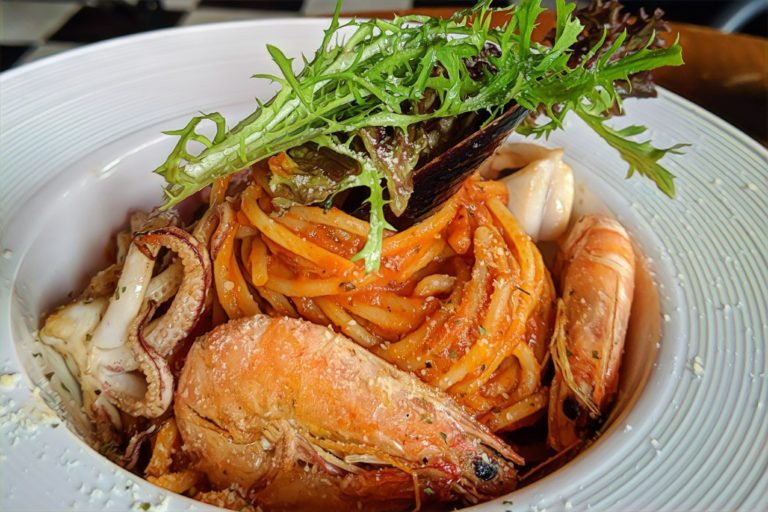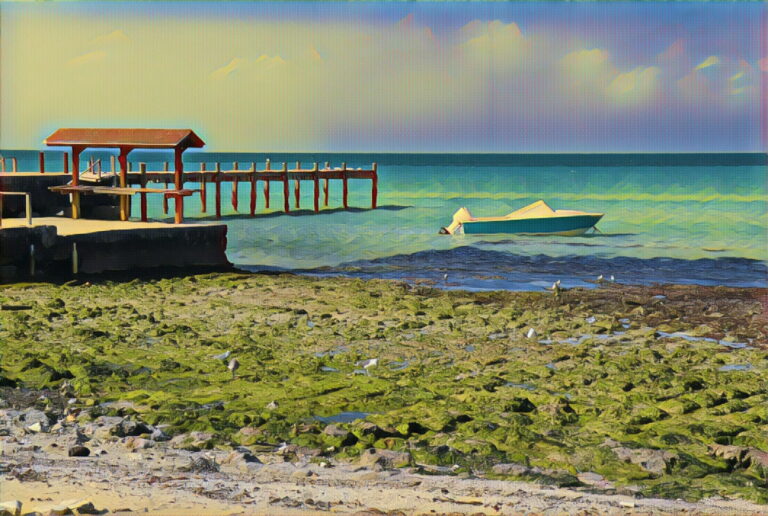How To Travel To Cuba As An American: Tips For A Successful Journey
Published May 31, 2018
This post will explain how to plan a successful trip to Havana, Cuba without a tour package. It is written with Americans in mind and will address the travel restrictions we face as of May 2018. Keep in mind that rules may change in the future; be sure to research adequately to make sure you are complying with both American and Cuban law. If the idea of traveling to Cuba is appealing but you need some additional inspiration, check out this post here.
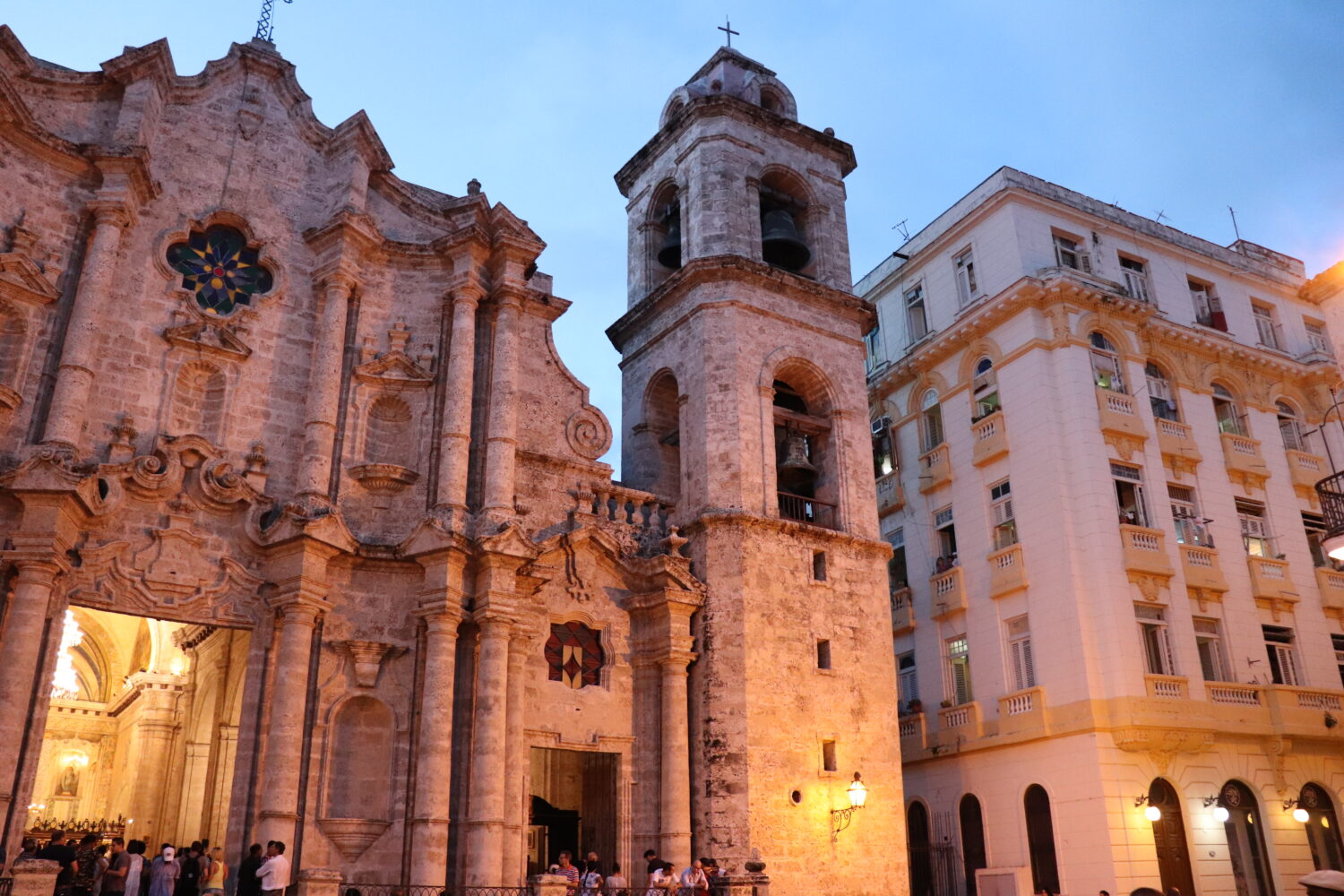
First of all, know that many, many Americans have traveled to Cuba in 2017 and 2018 (around 100,000 in 2017 according to one source). All major US airline companies currently operate direct flights from American cities to Havana. When I learned that there is a daily route between Charlotte and Havana for about $340 round-trip, the opportunity was too good to pass up.
There are still restrictions, and I’ll walk you through the steps I took to account for these. This isn’t the only way to do it, but it worked for me and seems to be a common pathway for Americans to enter the country. If you’re curious, skip directly to these topics: internet in Havana, Cuba’s dual-currency system, and safety.
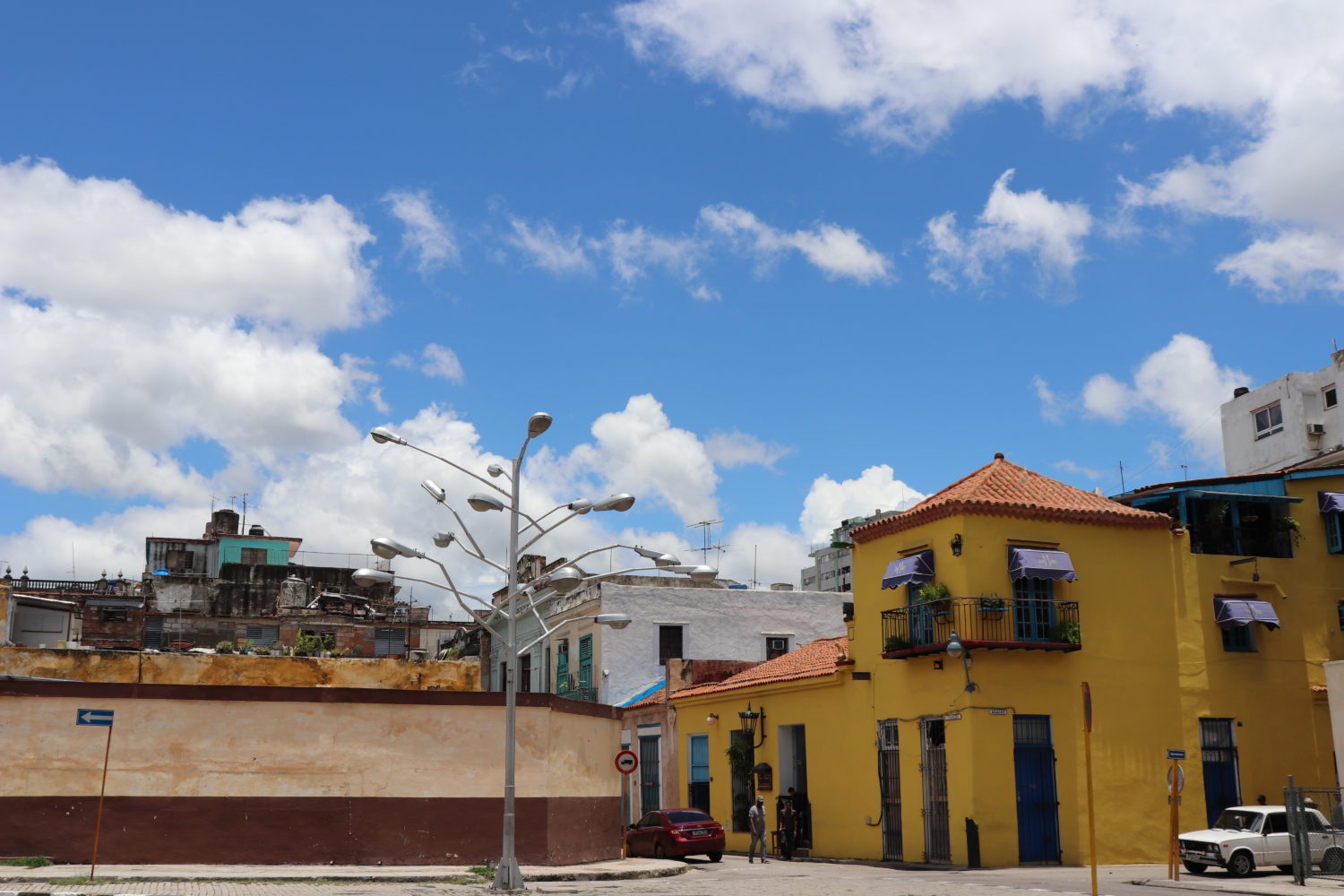
Planning Your Trip
Select Your Reason For Travel
Current rules state that you need to report the reason for your trip, since traveling to Cuba for tourism is off-limits. Read through the full list of choices. I recommend selecting “Support for the Cuban People.” Choosing this option will allow you to travel independently and requires that you build an itinerary that puts money into the hands of private business owners and strengthens civil society. More on this below.
Book Your Flight
Book your flight online like you normally would and choose “Support for the Cuban People” from a drop-down list on the airline’s website.
Apply for Your Visa (Tarjeta Del Turista)
In order to pass Cuban immigration, you need to provide a filled-out “tarjeta del tourista” to the customs officer. Prices differ by airline, and the visas can be purchased at the airport (at least in Charlotte and Miami), but you’ll save a few dollars if you order by mail. If you’re flying on American Airlines, you can purchase the card here for $85.
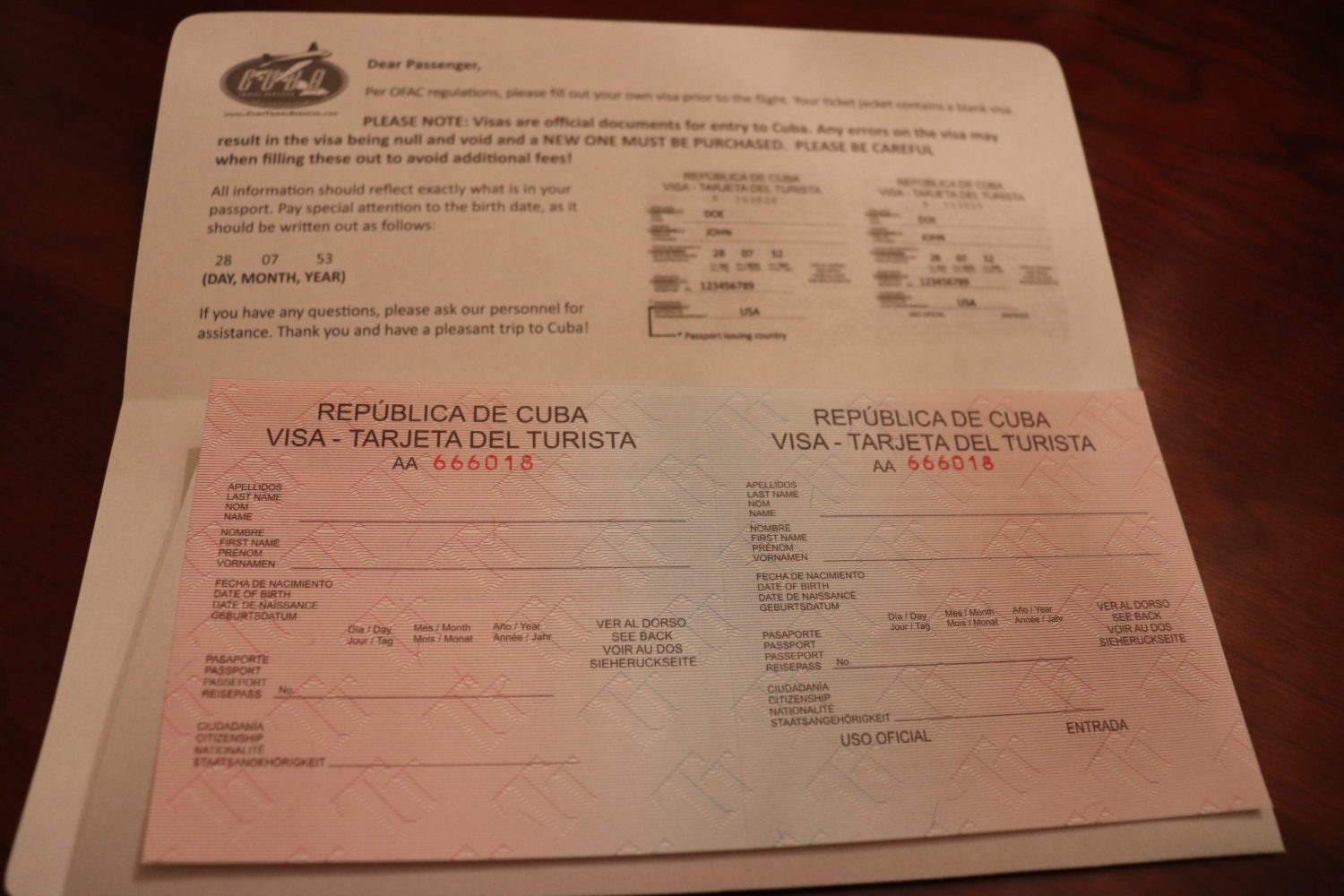
Download the Restricted List
I recommend printing out this list and bringing it with you. It’s a list of businesses (including hotels) that the US government asks you not to patronize. Just be aware.
Book Your Airbnb and Plan Your Activities
Let’s talk about what it actually means to support the Cuban people. Two easy ways to do this are by staying in an Airbnb (otherwise called a casa particular, or locally-owned guest house) and eating in local paladares, which are privately-owned restaurants. You can either look up paladares beforehand or ask your Airbnb hosts for recommendations.
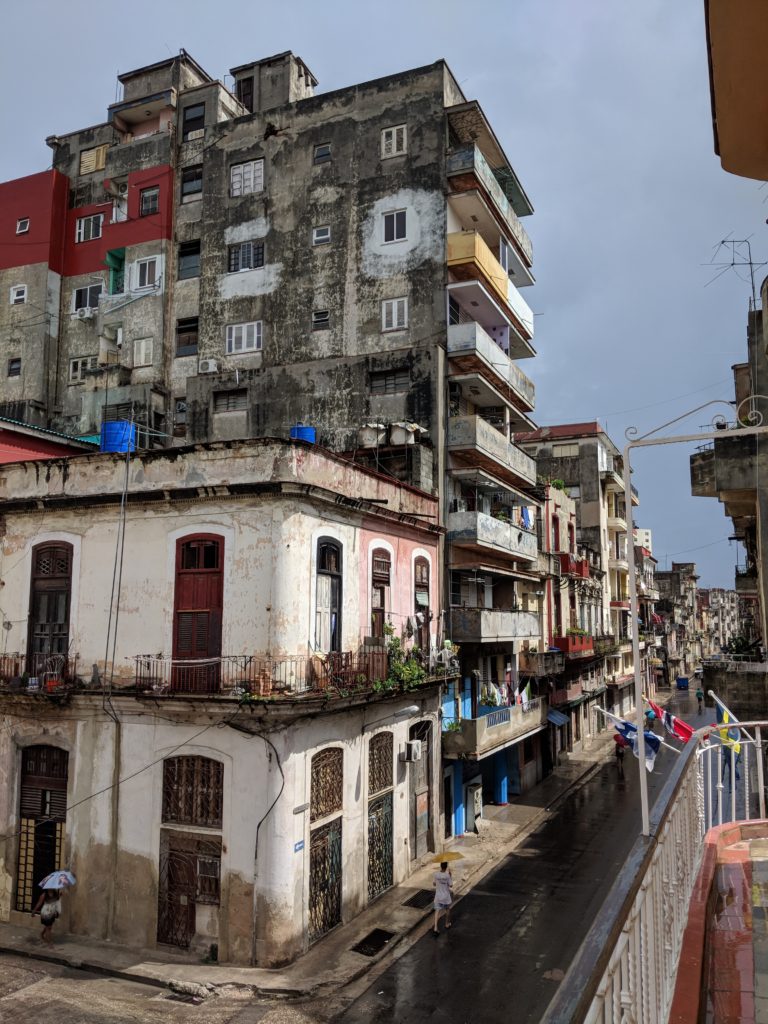
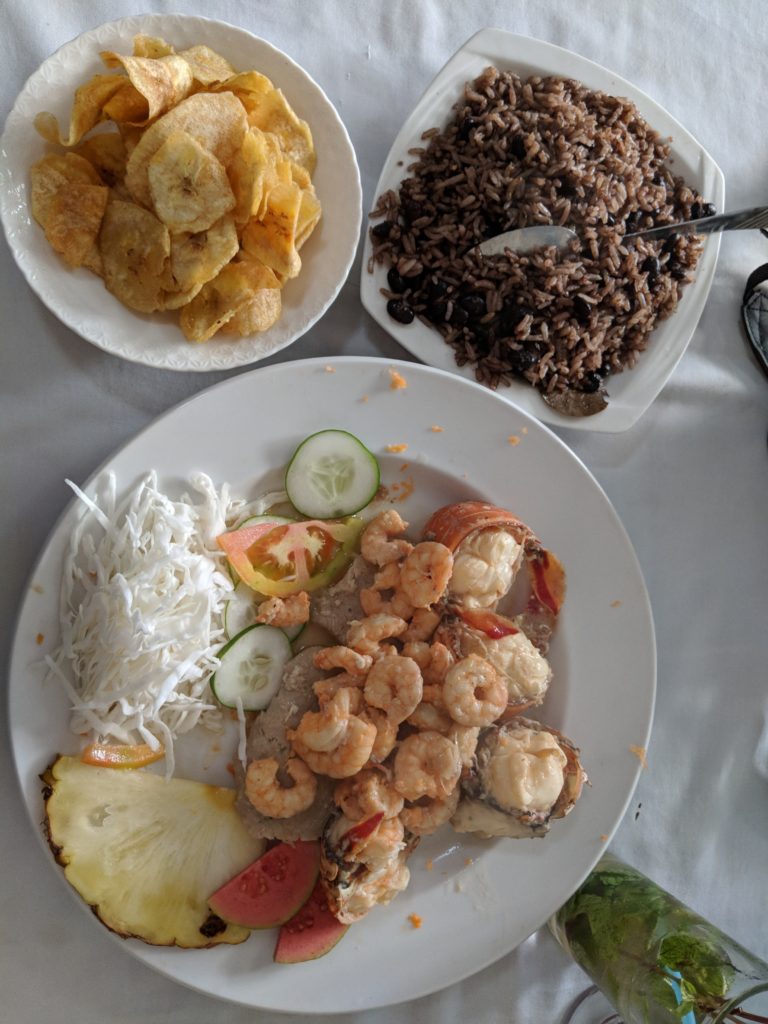
Other than that, you need to make an effort to support local businesses and civil society. Visit some museums (like the Museo de la Revolución pictured below), shop at craft and souvenir markets, and sit down and talk to people about what life is like in Havana. Classes and tours are another great option, and Airbnb has a ton of activities to choose from.
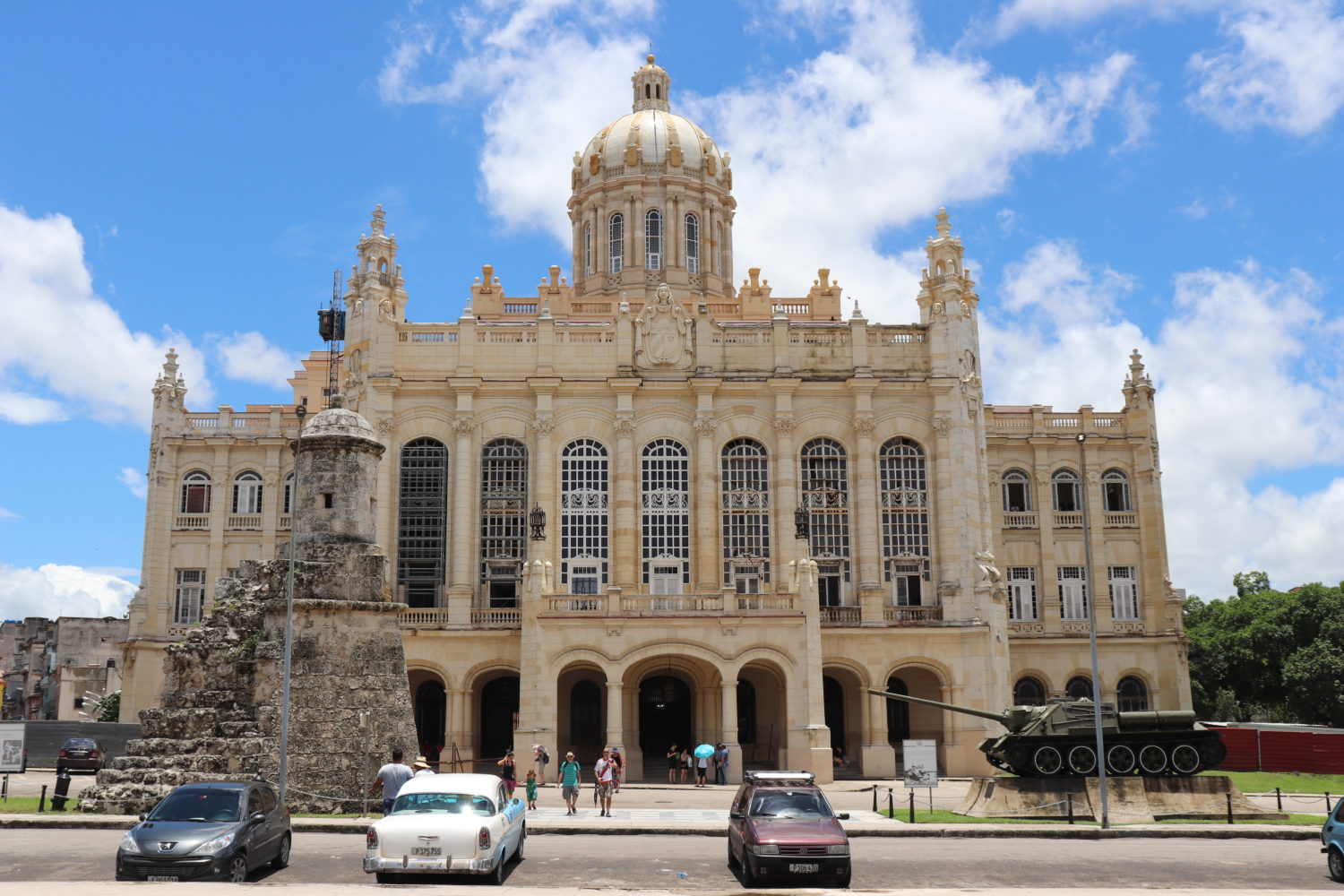


For the exact letter of the law, read here. Other travel bloggers have posited that it is intentionally vague and open-ended, so use your best judgement and follow the guidelines given. I wasn’t asked to provide an itinerary beforehand, but it’s possible that you may be audited within 5 years of your visit. Collect receipts of your transactions and document your activities to prove that you were actually supporting local people.
Go Through Immigration
I wasn’t asked any questions about my trip as I passed through customs in José Martí International Airport in Havana. I’ve read other blogs saying that Cuban immigration doesn’t stamp US passports, but I got an entrance stamp. Even as I returned to the US, I was only asked how long I was in Cuba. It was honestly a very typical customs experience both for departure and return.
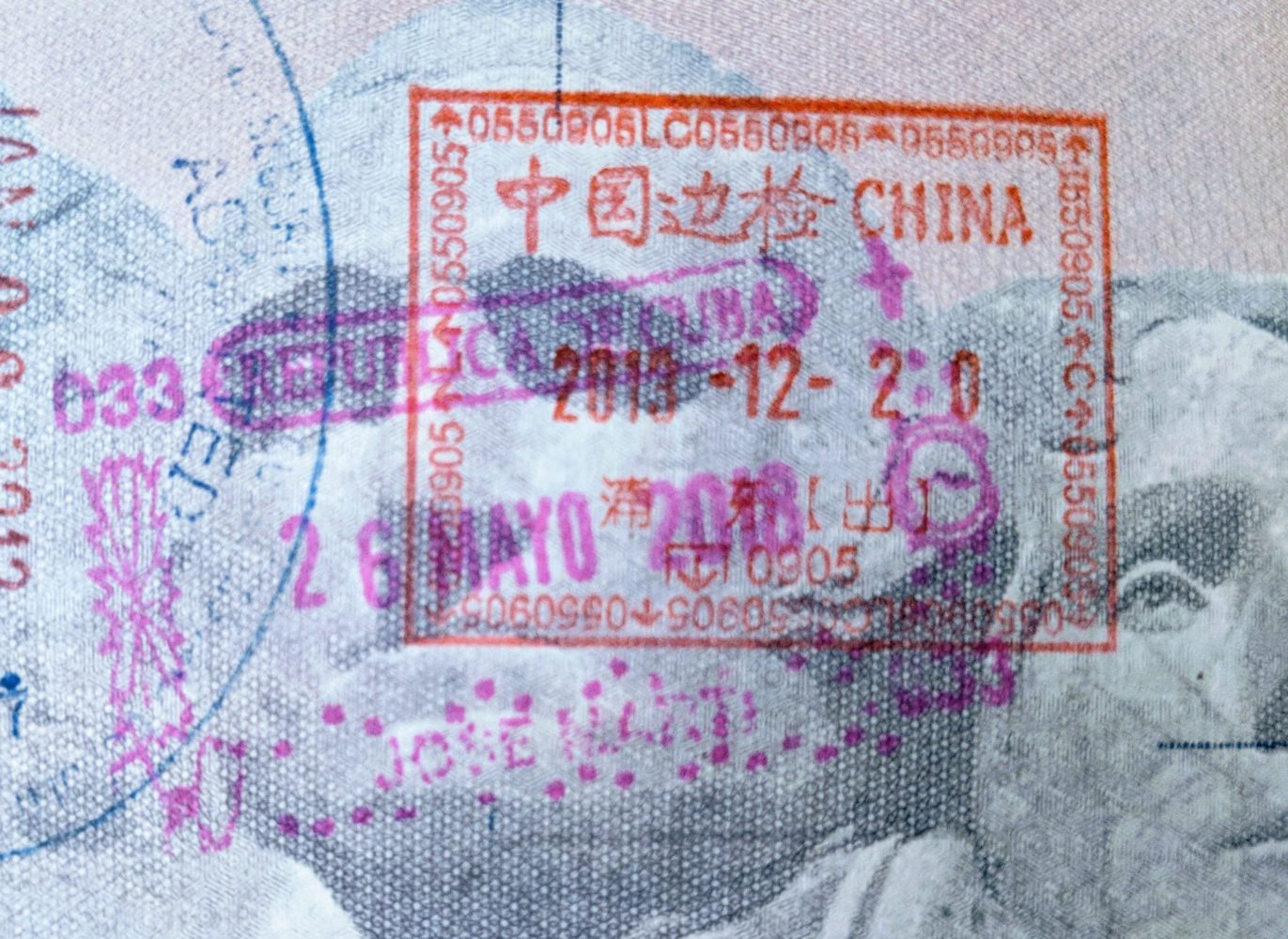
Other Considerations
Cash and Currency
Know that American credit and debit cards won’t work in Cuba. Therefore, you’ll want to bring more cash than you anticipate needing just in case of emergency. I brought $900 for four days and ended up using about $450 of that. If you can get ahold of either Euros or Canadian dollars at a favorable rate (i.e., not at an airport currency exchange), bring them to Cuba. Exchanging USD while in Cuba incurs a 10% penalty that isn’t subject to other currencies.
It may sound unsafe to bring this much cash with you, but it didn’t cause any issue for me (and you don’t have many other alternatives). Just be sure not to keep all of it on your person at one time and you should be okay.
Where to Exchange
I was told that it is beneficial to exchange currency at banks in downtown Havana as opposed to the airport, but I’m not sure if this made much of a difference. If your taxi driver is willing to accept USD for the fare, consider exchanging at a bank in town, but be aware that they tend to close early in the afternoon and are probably not going to be open on Sundays.
Currency
Interestingly, Cuba uses two different currencies. Be aware of the difference to avoid being ripped off!
The Cuban convertible peso (CUC, often pronounced “kook”) is the currency you’ll likely be dealing with. It’s pegged to the USD, but because of exchange fees (and that 10% penalty) it’s technically worth more like 85 cents. When you exchange currency, you should ask for these.
The other currency is the Cuban peso (CUP, sometimes pronounced “koop”). One CUP is equivalent to 1/25th of a CUC, or roughly 4 cents. It is sufficient to know that this currency is the one with which locals tend to buy staples and daily goods, and you’re unlikely to see it as much.
Now here’s where you might get ripped off if you are unaware of this dual system. Suppose you purchase something that costs 10 CUC. You hand over a 20 CUC bill and expect a 10 CUC bill in return. Instead, the vendor hands you a 10 CUP bill hoping you don’t recognize the difference. They’ve basically given you 40 cents in change! So it’s worth being able to recognize both sets of currency to call out anyone who hands you incorrect change. Take a look at the picture below:
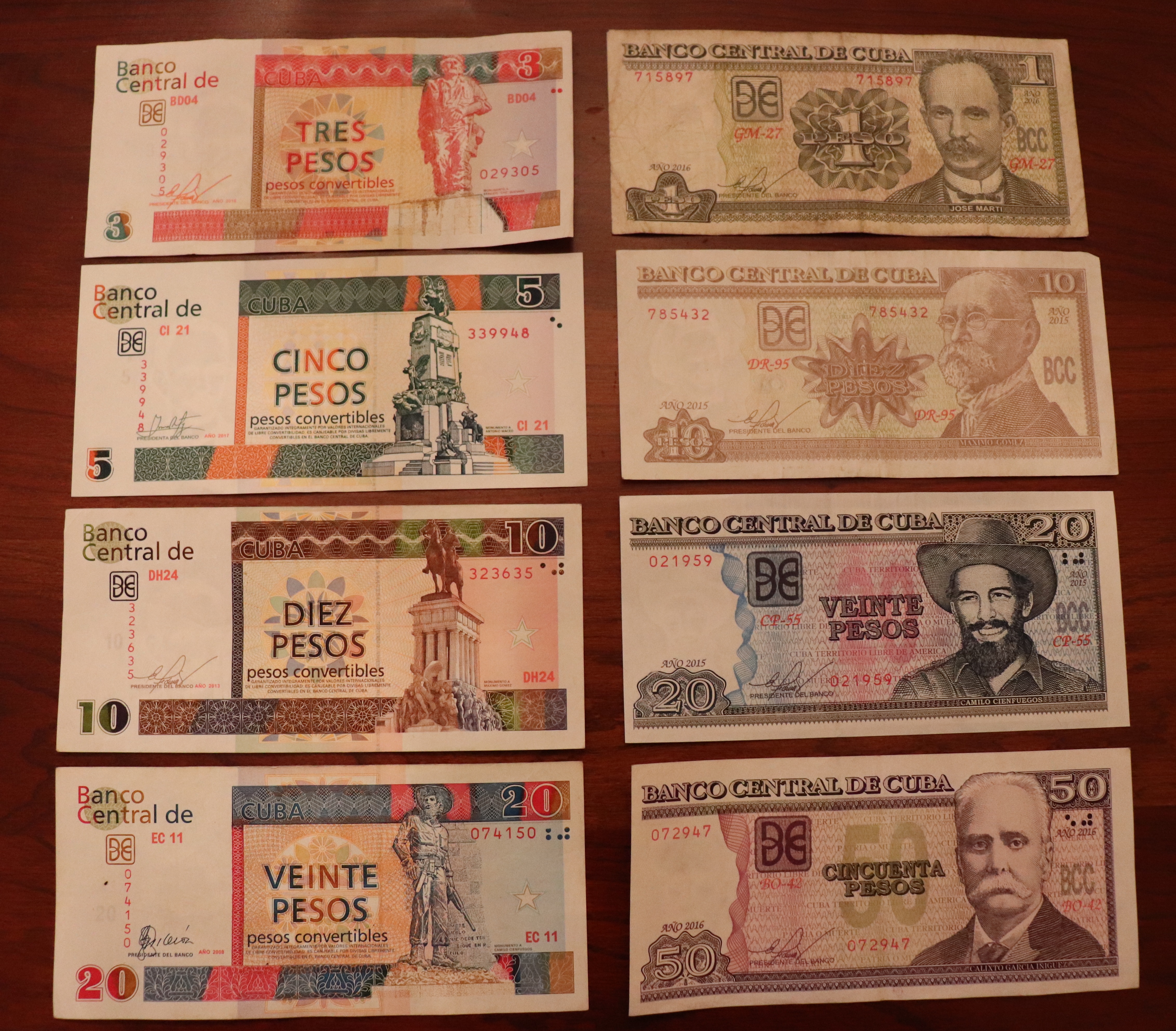
An easy way to remember: you shouldn’t be getting any bills with people on the front. If you’re still not sure, your change should have “pesos convertibles” printed in the center. (On a side note, that three-CUC bill ended up being more practical than I would have guessed!)
Internet Access
Internet access is quite hard to come by here. Roaming charges will cost you a fortune and I am not sure if Cuban SIM cards even offer mobile data. I suggest that you let friends and family know beforehand that you’ll basically be off the grid in Cuba.
At least in Havana, WiFi is offered in a number of places including hotel lobbies and some bars and restaurants. In order to login, you’ll need to purchase a WiFi access card, which won’t necessarily be sold in every business that offers WiFi. Your Airbnb host should know the closest location that sells the cards, which cost 2 CUC each and look like this:
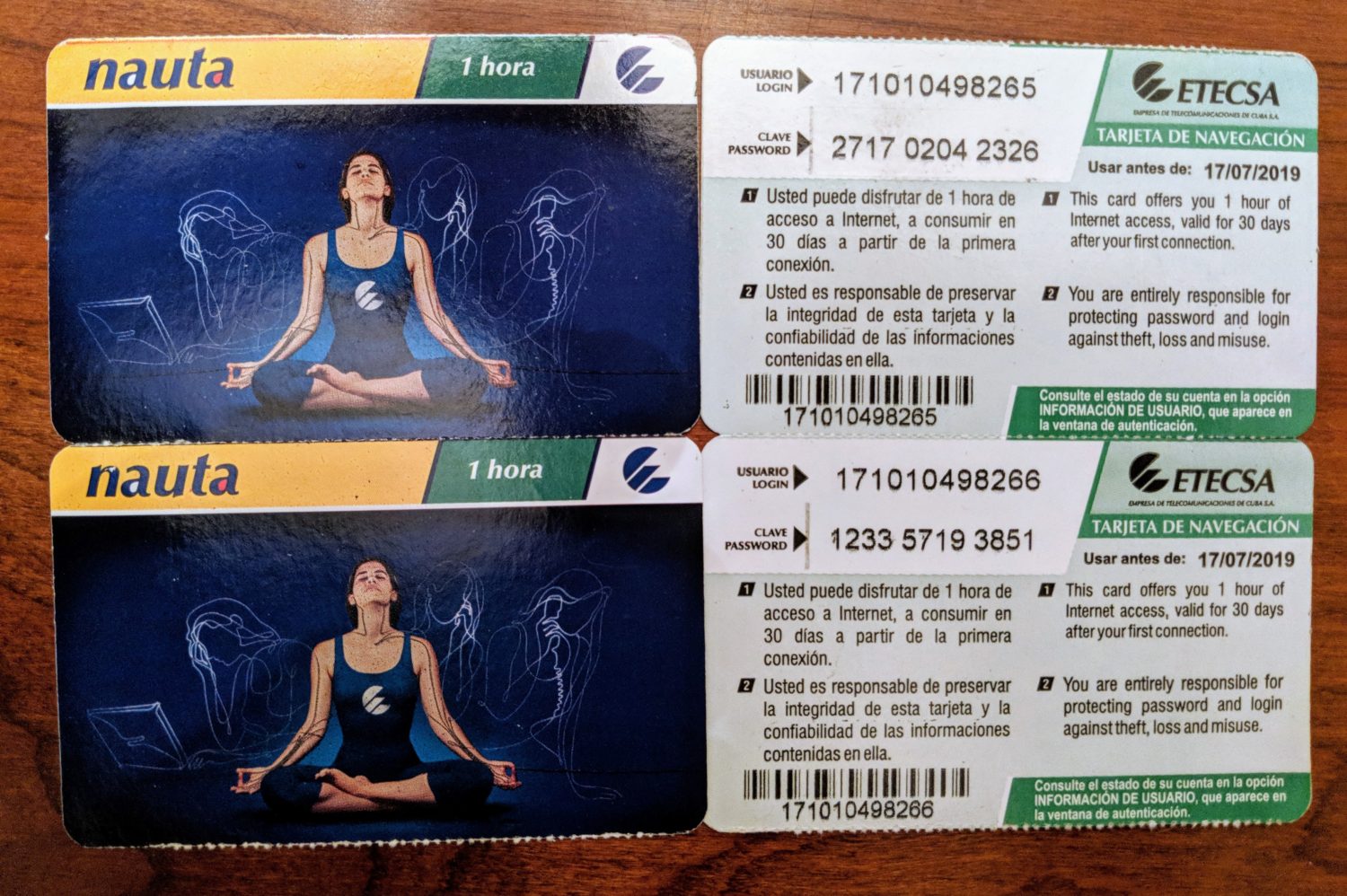
As you can see, each card only offers one hour of internet access, but it can be used in any location with public WiFi (i.e., it’s not limited to the location where you bought the card). Enter both the username (usuario) and password (clave), and the clock starts ticking once you connect. What’s nice is that if you are only logged in for 15 minutes for example, you still have 45 minutes left on that card. Depending on the location, internet speed generally wasn’t great, and sometimes it would randomly disconnect.
This may be inconvenient, but it’s honestly part of the experience. Check in once or twice a day, and don’t let your quest for WiFi distract from all the amazing things to do in Havana! Read about why I think being forced to disconnect is a good thing for visitors here.
Taxis
As you might imagine, the lack of internet means that rideshare companies don’t operate here. You’ll have to hail a cab the old-fashioned way, but you may get to ride in a very old vehicle which is quite an experience. A cab from the airport into town or vice versa should cost around 25 CUC.
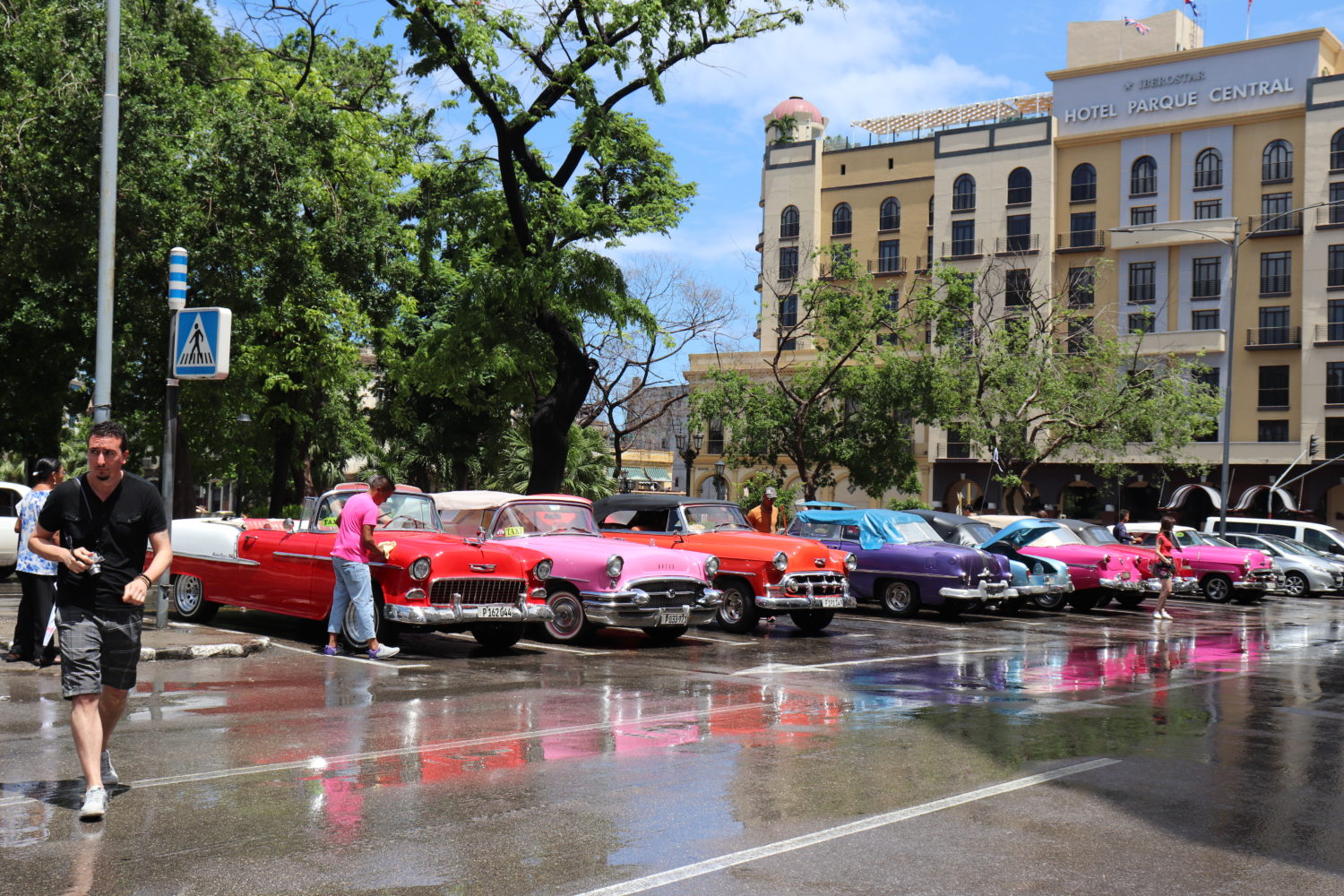
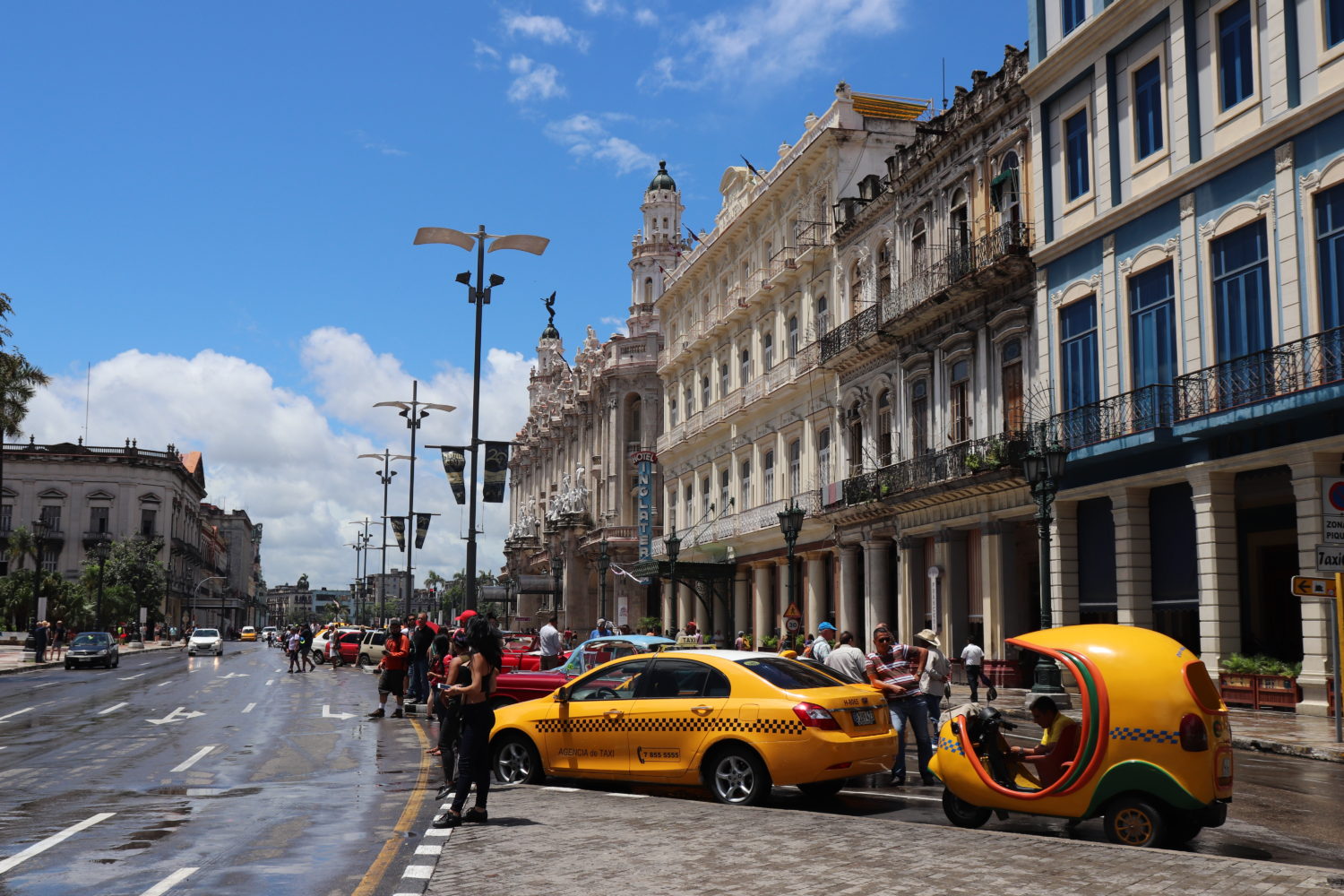
Safety
Havana (especially Havana Vieja) may not look like your typical American town or suburb, which makes it a great place to challenge the assumptions we hold about safety. In other words, the city is not necessarily dangerous just because parts of it look pretty old. Even as a visitor with a camera around my neck and a smartphone in my pocket, I was never hassled or bothered and never felt unsafe. This was even true late at night near my Airbnb and while walking through local neighborhoods near the Colon Cemetery.
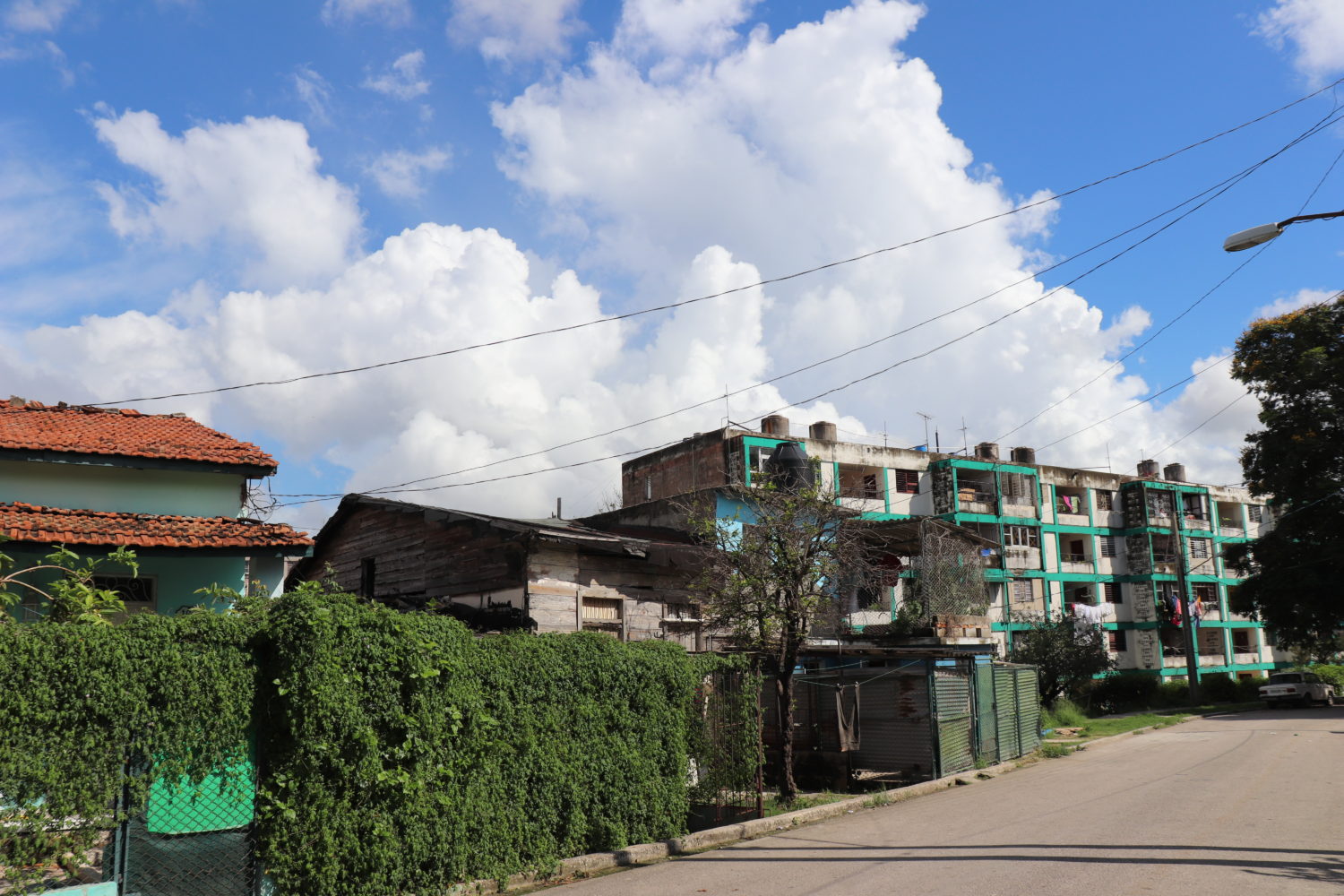
As always, you should exercise common sense and avoid situations that invite unnecessary risk. But if you do some research, I think you’ll find that the risk of serious violent crime is significantly lower here than in other countries that continue to receive millions of American tourists each year.
Language
Because American visitors have historically been rare, locals may not be able to speak English as well as in other places. Learn some survival Spanish and use it as an opportunity to improve your language skills! One helpful tip: download Spanish on the Google Translate mobile app before you arrive. For some reason, it wouldn’t download on Cuban WiFi, and would have come in handy numerous times on my trip.
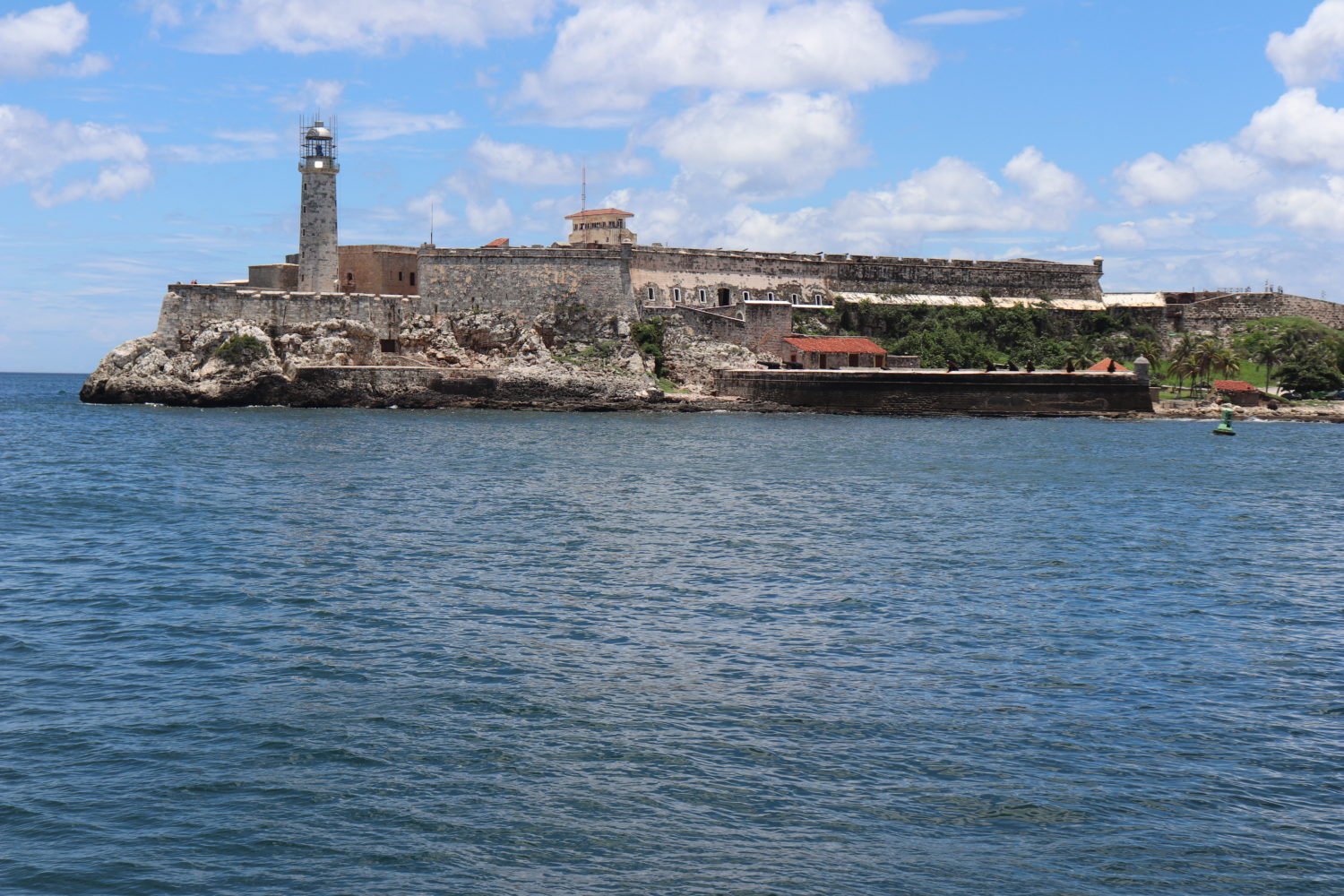
So there you have it! If you have any questions I didn’t address, feel free to leave a comment below and I will answer it as best I can! Good luck and have an amazing trip!
This post was published on May 31, 2018
Recent Posts
- Amtrak Borealis Review: Round Trip From Chicago To Minneapolis St. Paul
- Why You Shouldn’t Miss Devonport On Your Next Trip To Auckland
- 2024 End-Of-Year Summary & Sneak Peek 2025
- Get To Know The Washington, D.C. Metro Area: Neighborhoods And Food Scenes
- The Best Places To Eat, Drink, And Caffeinate In Portland, Maine
Meet Your Caffeinated Blogger: Kevin!

Hi, I’m Kevin! I’m a coffee addict from Seattle, and my life revolves around traveling! Caffeinated Excursions is a record of my trips over the past seven years. Since I started blogging, I’ve lived in Mexico, Vietnam, and Brazil. Chicago is my home base (although I’m planning on moving abroad again later this year). Thanks for checking out my blog!
Where I Am Now 📍
Categories
Upcoming Trips
- Montreal, Canada (July)
- Taipei, Taiwan (Nov)
- Brisbane, Australia (Nov)
